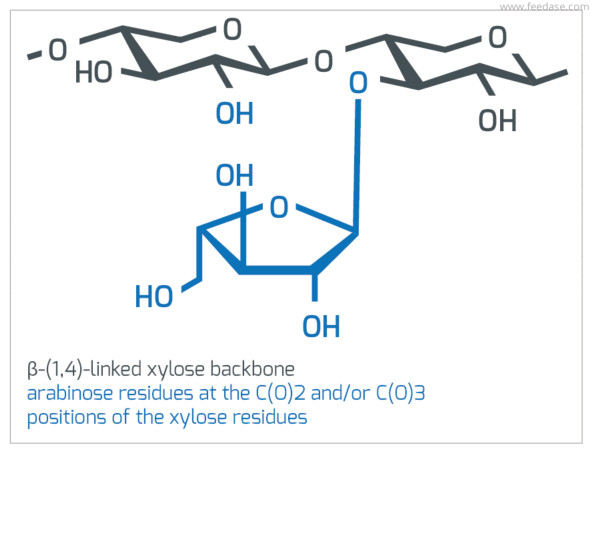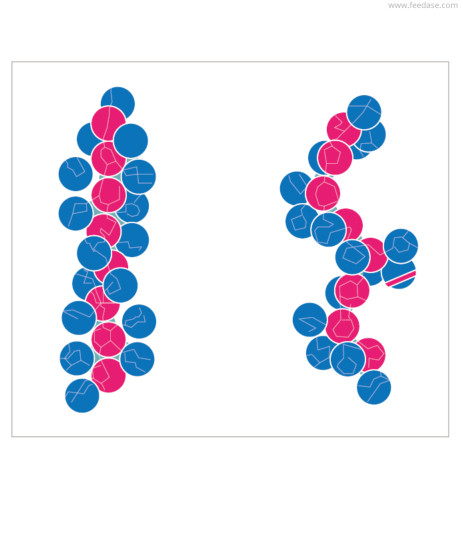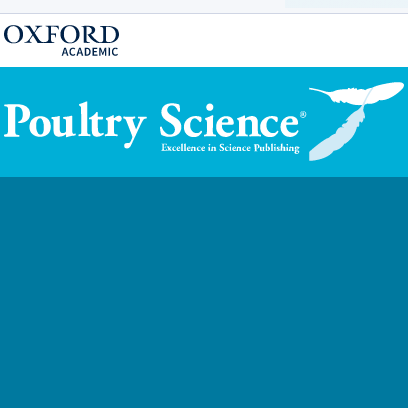Although cereals and protein meals contain high levels of valuable nutrients, animals are unable to fully utilize them due to their inaccessibility or limited digestibility. In general, feed contains more than 20% indigestible fractions, which are composed of dietary fibres, phytate and nutrients.
Fibre
Dietary fibre includes non-starch polysaccharide (NSP) and lignin which are both resistant to the digestive process, and potentially fermentable by bacteria in the hind gut of monogastric animals. In fact, the term fibre represents a variety of different components defined by their specific method of analysis evaluating fibre physical properties. Each method can analyse one or more groups of polysaccharides, as described in figure 1.
These dietary fibres have been studied in depth regarding their effect on animal performance with a specific focus on NSP. Non starch polysaccharides represent a part of NDF, and hemicellulose mainly composed by arabinoxylans which are most often researched.
Non-starch polysaccharides (NSPs) and their anti-nutritional properties
NSPs are polymers, present mainly in the cell walls of the endosperm but also in the bran of grains. They include cellulose, hemicelluloses and pectin
The NSPs present in the diet vary significantly depending on the raw materials used but account for most of the indigestible fraction of feed.
As part of the fibre fraction, NSPs influence the gut homeostasis and, depending on their water-soluble ability, they can have negative impact through the different pathways summarized in the figure 2. However, their benefits for the gut health by providing substrate for the microbiota is well known, that’s why it need to find a good balance between their positive impact and their antinutritional properties:
- Increase viscosity with soluble NSP
- Nutrient entrapping mechanism (cage effect) of insoluble NSP
- Impaired gut health and ecology
- Increased endogenous losses
- Disruption of endogenous enzyme functions
Wheat and corn are the two main cereals used in feed, however there are significantly different in their NSP content (Table 1)
Arabinoxylan: the most represented NSP
The cell walls of the outer tissues of the kernels of both wheat and corn contain mainly cellulose and complex xylans, together with a significant amount of lignin.
Arabinoxylan is composed of a β-(1,4)-linked xylose backbone, with arabinose residues at the C(O)2 and/or C(O)3 positions of the xylose residues (Figure 3). Arabinose residues can be substituted by ferulic acid, or even more complex side chains including arabinofuranose, xylopyranose, galactose and α-glucuronic acid (Figure 4).
The arabinose:xylose ratio, and the content of un-, mono- and di-substituted xylose, vary between cereal grains, and also between different tissues within the same grain. Arabinoxylans with different side chains are called heteroxylans (Figure 4). The arabynoxylan of corn are more substituted (80%) than those of wheat (60%) (Figure 3) and contain more glucuronic acid (8.3% vs 2.6% dry matter). As a consequence, AX in corn are less soluble than AX in wheat. The most substituted AX is found in rice and has an arabinose:xylose ratio of 2.8 to 5.6. Monogastric species, like swine and poultry, do not produce enzymes to degrade these NSPs, that’s why they need the addition of exogenous enzymes. t. However, the complex nature of NSPs affects their susceptibility to exogenous enzymes added to the feed.
In pig diets, the variety of raw materials that are used in formulation is far more important than in poultry which leads in high variability AX complexity.
Phytates / Phytic acids
Phytic acid consists of an inositol ring with six phosphate ester bonds and is synthesized from myo-inositol via a series of phosphorylation steps. The salt form of phytic acid found in plants is phytate.
Phytic acid is the primary phosphate storage compound in seeds, and typically makes up 50–80% of the total phosphate in plant seeds. The total P content of raw materials varies from 2 to 18 g/kg. However, phosphorus (P) under phytate form is not bioavailable to monogastric animals. This is because the animals lack the digestive enzyme phytase, which is required to remove phosphate from inositol in the phytate molecule. As it is important to know the level of phosphorus and phytic phosphorus in the feed to formulate accordingly, Adisseo has developed NIR (Near InfraRed) equations to predict the total P and phytic P content of raw materials. Phytate can represent up to 1% in some diets, making up around of 35% of dietary phosphorus. More than that, phytate has significant antinutritional properties:
- Inositol retains the phosphate ester
- Formation of cation complexes
- Formation of nutrient complexes – mainly decreasing amino acid digestibility
- Inhibition of digestive enzymes (pepsin, β-amylase, trypsin)

No interrelationship between NSP and phytates
P is not uniformly distributed in raw materials. In wheat, it is mainly concentrated in the aleurone layer of the grain (87%) and for corn mainly in the germ. In protein meals, unlike cereal grains, phytate P is distributed throughout the seed – inside protein bodies called globoids (O’Dell et al., 1972; Singh, 2008). Therefore, in vegetable feedstuffs phytates are often encapsulated in cell wall components, leading to reduced phytate degradation. One of the hypothesis researchers are investigating it that the availability of phosphorus could also be affected by the increased viscosity caused by soluble NSP – reducing the rate of passage and absorption of nutrient in the gastrointestinal tract. In addition, the nutrient capturing mechanism by NSP and phytate are not the same – so that when degrading both, the nutrient release is higher than it would be if only one was broken down.
Undigested nutrients
Almost half of the indigestible fraction is composed of nutrients; amino acids, fat, and starch; which for several reasons were not absorbed and therefore excreted.
Amino acids present in the faeces are mainly originated from feed that were not broken down and absorbed. This lack of absorption can happen because gut viscosity interferes with the action of endogenous proteases; or because these proteins were trapped by phytates or NSPs in cell walls. The proteins in faeces can also originate from endogenous digestive enzymes, microbial protein, complexed protein that can’t be broken down by serine, or metalloproteases regularly produced by the animal. Inefficiency of the digestive system for different reasons, such as dysbiosis, can also increase the level of faecal protein. From vegetal sources, indigestible protein represents 10 to 20% of the total of amino-acids, so, this value can vary significantly – which has been demonstrated by Adisseo’s Precise Nutritional Evaluation (PNE) year after year.
Fat and starch are also present in the faeces, meaning that they aren’t completely absorbed. Despite the inefficiency of the intestine, the main reason for this is related to interference by the NSP content of the diets. In general, 5 to 10% of dietary fat and starch remain present in the faeces.
These undigested nutrients (made up of amino acids, fats, and starch), often represent between 700 and 1200 kcal/kg of the diet. This is huge amount of energy that can’t be digested
Conclusion
NSPs, phytate and undigested nutrients represent close to 25% of the diet. NSPs and phytates interfere in the absorption of nutrients. If they are soluble, the substrates from one raw material can also interfere with the absorption of nutrients from a different raw material. A typical example is where a high inclusion of wheat leads to an increase in viscosity, which in turn impacts the overall digestibility of the diet, as well as the microbiota.
Evaluating diets using both its nutritional value, and its indigestible fraction, is the best way to assess the potential effect of enzymes like phytase and multi carbohydrases. Adding these enzymes to the diet, which act on the phytates and NSPs releasing nutrients for animals; will improve the gut microbiota, decrease intestinal wall inflammation, and improve animal performance.


